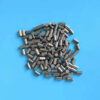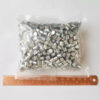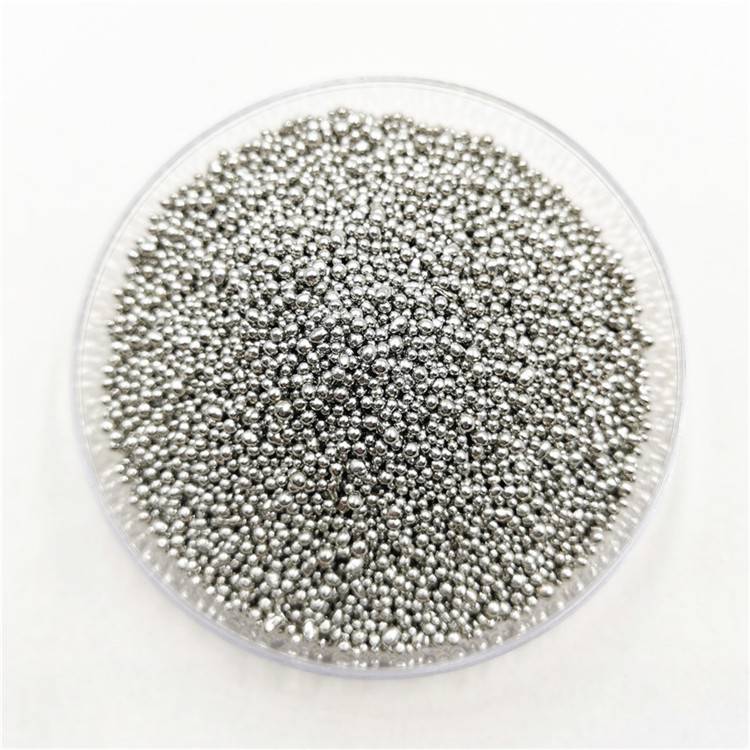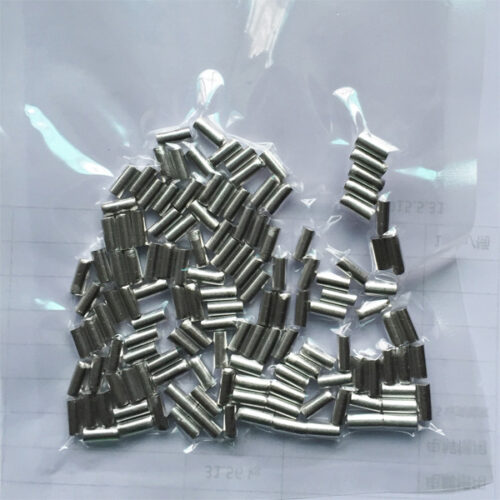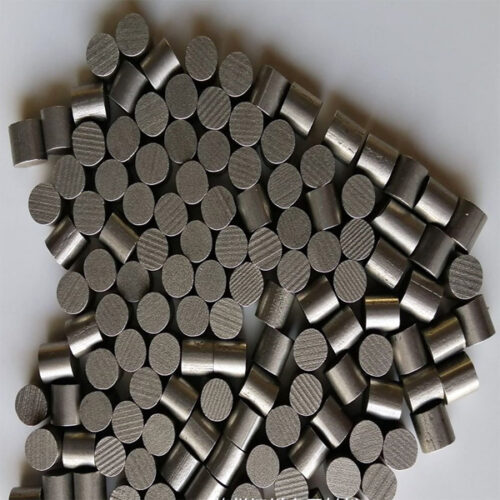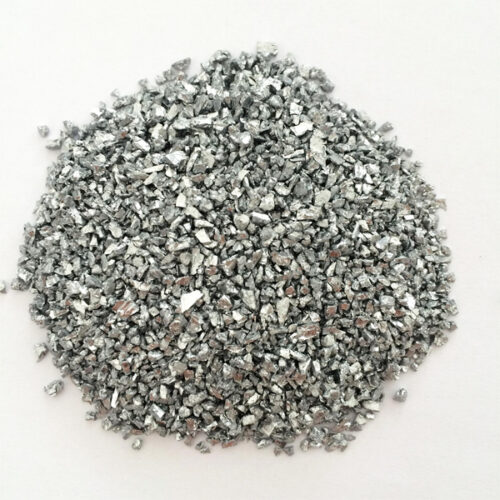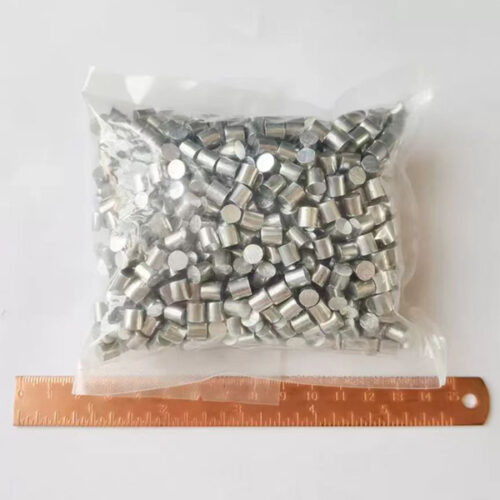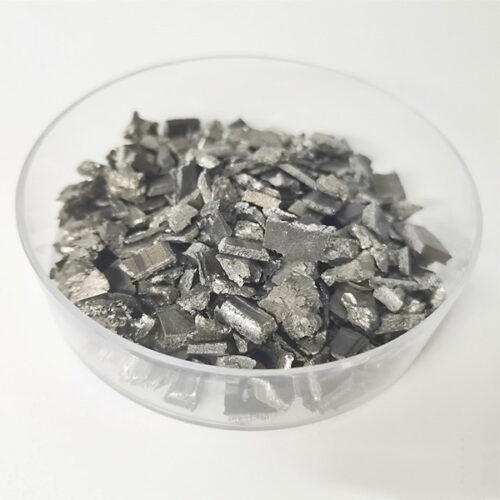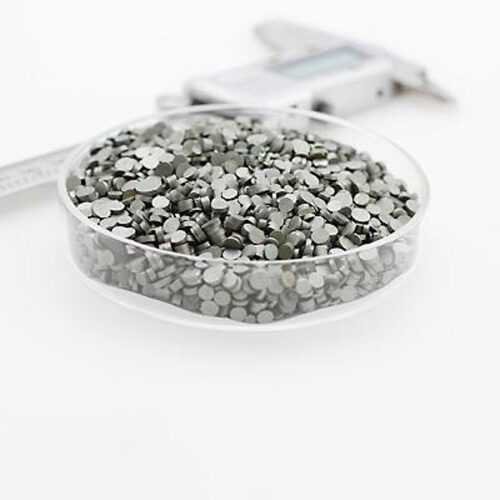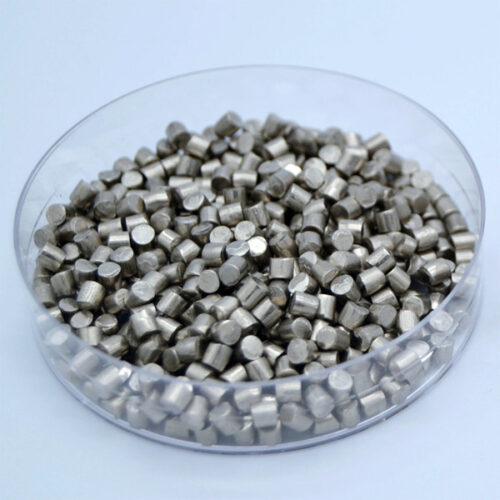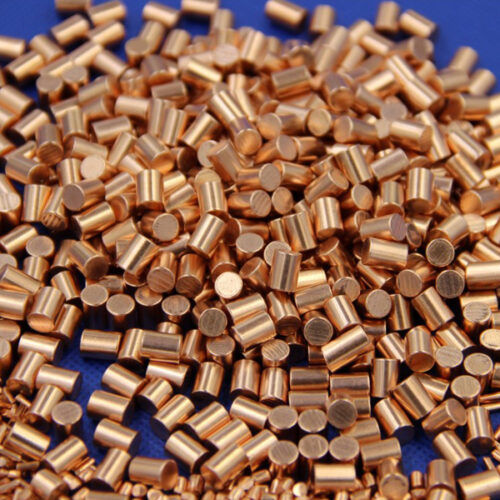4N (99.99%) Tin (Sn) Pellets Evaporation Materials
Introduction:
Tin evaporation materials refer to solid tin-based substances specifically designed and manufactured for use in thermal evaporation processes. These materials typically come in the form of pellets, rods, wires, or other shapes, suitable for vaporization in a vacuum environment.
During the thermal evaporation process, the solid tin material is heated to its vaporization temperature, causing it to transition directly from a solid to a vapor state. The vaporized tin then condenses onto a substrate surface, forming thin films or coatings with desired properties.
Tin evaporation materials find applications across various industries, including corrosion prevention, alloy manufacturing, and optoelectronic applications.
Properties of Tin Evaporation Materials:
1. Allotropic Forms
β-tin: At room temperature, β-tin prevails as the stable allotrope, exhibiting a silvery-white, malleable nature conducive to diverse applications.
α-tin: At lower temperatures, α-tin emerges with a less dense grey appearance, characterized by the diamond cubic structure.
2. Chemical Stability
Oxidation Resistance: Metallic tin demonstrates remarkable resistance to oxidation in air and water, making it an ideal material for corrosion prevention applications.
Applications:
Corrosion Prevention
Coating Steels: Tin has historically been utilized to coat steel surfaces, forming a protective layer that mitigates corrosion and rust formation, particularly in maritime and industrial environments.
Alloy Manufacturing
Tin/Lead Solders: Tin finds extensive use in the formulation of soft solder alloys, offering favorable soldering properties such as low melting points and excellent wetting characteristics.
Optoelectronic Applications
Indium Tin Oxide (ITO) Films: Tin is integral to the manufacture of transparent, electrically conducting films of indium tin oxide, vital for applications in displays, solar cells, touchscreens, and other optoelectronic devices.
Thin Film Deposition
Compound Thin Films: Tin is commonly co-evaporated with other materials or in different atmospheres to form compound thin films tailored to specific applications in electronics, optics, and surface engineering.
Manufacturing Processes of Tin Evaporation Materials:
1. Tin Alloy Preparation
Tin feedstock may undergo alloying processes to modify its properties for specialized applications, such as soldering or thin film deposition.
2. Evaporation Source Fabrication
Molten tin is solidified into various forms, such as pellets, rods, or wires, suitable for use as evaporation sources in vacuum deposition systems.
Customized evaporation sources can be fabricated to accommodate specific deposition requirements, ensuring precise control over film thickness and composition.
3. Vacuum Deposition
In a vacuum chamber, tin evaporation materials are heated to their vaporization temperature under controlled conditions.
The vaporized tin condenses onto substrate surfaces, forming thin films with tailored properties, such as conductivity, transparency, or corrosion resistance, depending on the application.
Specification:
OOur standard size is 1~5 mm, and other specifications are also available.Please consult our professional customer service personnel for detailed information.
Our standard packaging sizes include 50 grams, 100 grams, 250 grams, 500 grams, and 1000 grams.
ZYLAB offers a variety of crucibles for evaporation materials.

